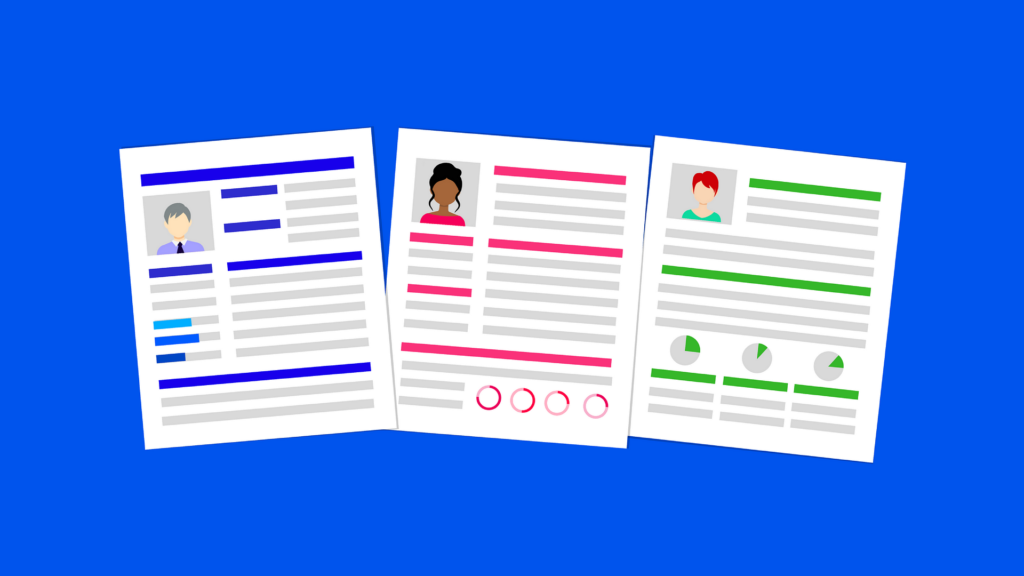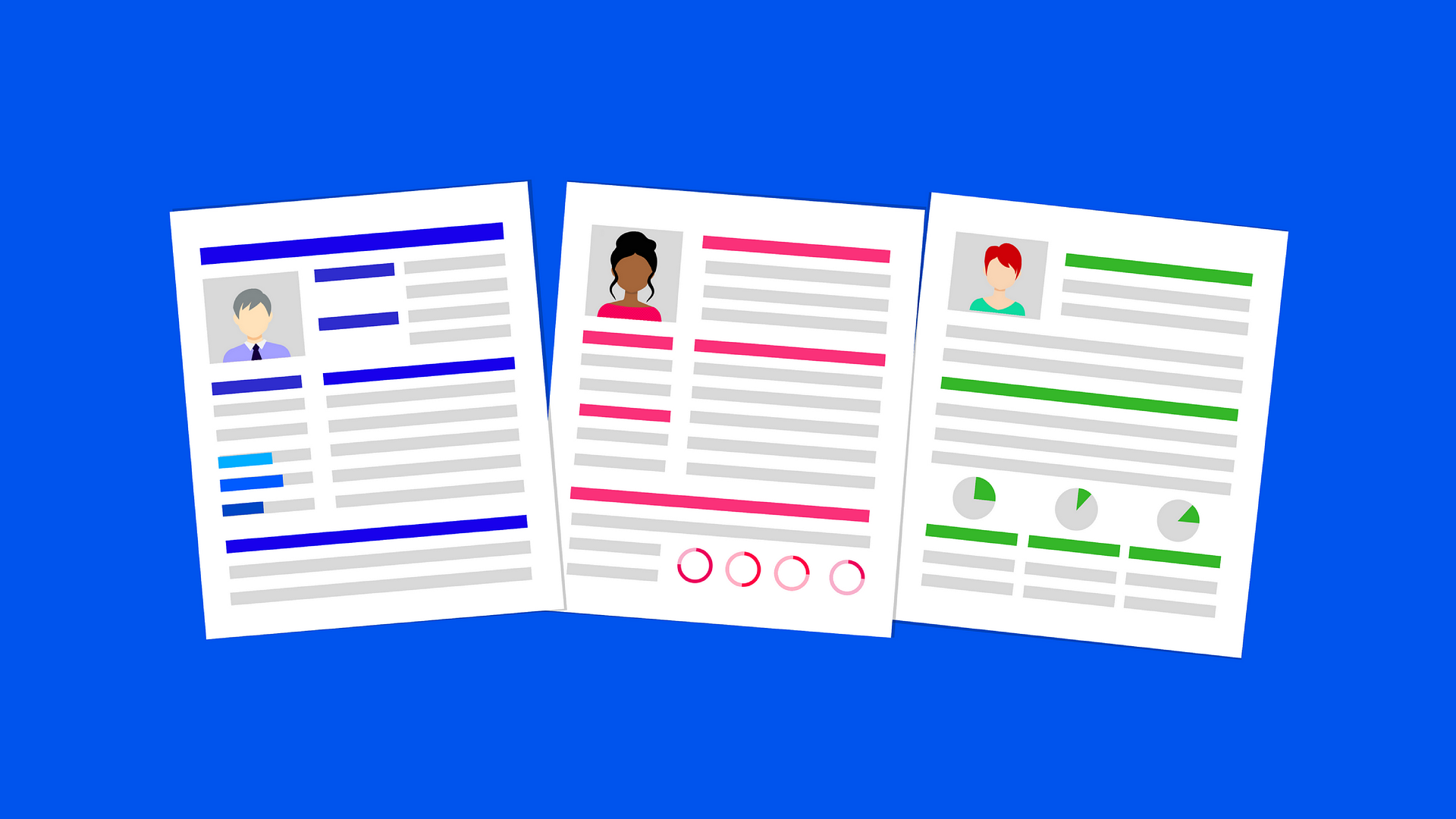How to Write a Resume That Showcases Your Skills (Even If You Lack Experience)
Landing your dream job in a competitive market becomes far easier when you view your resume as a strategic marketing tool. Even without abundant work experience, you can position yourself as a highly desirable candidate. Let’s dive into how to write a resume that showcases your unique skills, grabs a recruiter’s attention, and unlocks doors to opportunity.
The secret lies in a fundamental perspective shift. Your resume isn’t merely a chronological list of past duties; it’s a showcase designed to persuade an employer that you possess the abilities their company needs. This means focusing on tangible results and how your actions made an impact. Additionally, understanding the language recruiters seek within job descriptions helps you “code” your resume, allowing even less traditional experience to translate into relevant terms that catch their eye.
With the right strategies, you can transform your resume from a potential strike against you into the very reason you get that coveted interview call. Let’s begin unlocking those hidden advantages!

Understanding the Goal: How to Think About Your Resume’s Purpose
Your resume isn’t merely a career timeline; it’s a dynamic sales pitch aimed at demonstrating your potential value to a company. Let’s reframe your thinking to move beyond just describing what you’ve done to emphasizing why it matters from an employer’s perspective.
It’s Not About Job Duties, It’s About Achievements
Employers don’t want job descriptions repeated from past employers on your resume. They want evidence you can create positive impacts through your work. Shift your mindset from simply listing job responsibilities to actively focusing on specific, measurable achievements you’ve driven. Consider the questions employers are asking when reading your resume: Did you save the company money? Increase efficiency? Solve a recurring problem?
Keywords as a Skill “Translator”
Carefully studying job descriptions relevant to your career goals is crucial. Analyze the specific keywords employers repeatedly use to describe their ideal candidate. These words act as a crucial guide when creating your resume, even if your prior experience used different terminology. For example, a customer service-focused job might emphasize your ability to “resolve conflicts” or “de-escalate customer concerns” through communication skills – those same abilities are invaluable in numerous professions!
When “Relevant” Experience Means Looking Deeper
Having relevant experience doesn’t just mean matching job titles. Even volunteer roles, personal projects, or academic coursework can reveal skills desired by employers. For example, leading a project for a student organization shows employers you have leadership ability. Volunteering to tutor in a specialized subject area? That proves expertise in that specific field. The trick is to find ways to express these varied experiences as directly transferable to the employer’s needs.
Resume Essentials: How to Format for an Attention-Grabbing First Impression
Before recruiters take in a single word of your content, your resume’s design and structure influence their first impression. A cluttered, difficult-to-read document can sabotage your chances, even if your experience is strong. Let’s ensure your resume has the visual polish that helps get you seriously considered.
Font, Spacing, and the Clean Design Principle
Choose a professional font that’s easy on the eyes. Arial, Calibri, Times New Roman, and other classic options are all safe choices. Generous white space around the text and between headings aids readability, guiding the recruiter’s gaze toward the information that matters most.
Is a One-Page Resume Still the “Rule”?
The traditional “everything must fit on one page” is less hard and fast now. Modern recruiters accept that even recent graduates may need slightly more room. Nevertheless, keep your resume focused. It’s far better to showcase your top qualifications convincingly than squeeze in less relevant information, making the document dense or visually overwhelming.
Sections to Include (And What to Skip)
Essentials always include your full name, contact information, and relevant city/state location. Your experience and education are, of course, vital. When experience is limited, however, some common items become distractions rather than assets. Don’t stress over including a “references available upon request” line – this is considered outdated. And if your high school dates make it obvious you lack a long career track, simply omitting these can prevent an unconscious ‘age bias’ against you.
Crafting a Compelling Summary: How to Draw Focus
A well-crafted professional summary acts as your “elevator pitch.” This short statement (aim for 2-3 lines) situated under your contact information immediately highlights your core skillset and value proposition. While not essential on every resume, a summary often helps those with a non-linear career path by immediately offering context.
Examples of “Before & After” Summaries
To see the power of a strong summary, let’s look at a few weak examples first, followed by their improved versions:
- Weak Version: “Seeking an entry-level marketing position to utilize my interest in social media and brand development.” *
- Improved Version: “Creative marketing enthusiast with 2 years of social media management experience. Increased engagement by 30% for a local business through analytics-driven campaigns.”
Notice how the revised version focuses on results, uses targeted keywords, and is specific!
When is a Summary NOT the Right Choice?
There are instances where a summary may be unwise. When your most recent (and most relevant) work experience already features those target keywords strongly, and your path is linear, simply start right into that employment experience section. Your most valuable skill “proof” will then be immediately at the top.
Additional Note: The exact format of your summary can vary. Sometimes a bulleted list is easier to quickly read if each skill needs to stand out equally (often preferred by very diverse skill sets). However, narrative sentences offer more room to show how these skills work TOGETHER appealingly.
How to Write Resume Bullet Points That Prove Your Abilities
Each bullet point within your work experience section is a precious space to demonstrate your value to potential employers. Forget simply listing duties – this is your chance to illuminate your abilities. Let’s dive into tactics to make every bullet count.
Numbers Are Your Friend
Adding specific numbers (metrics, percentages, quantities, etc.), whenever possible, dramatically raises your credibility. Compare these two statements:
- Vague: “Improved customer satisfaction scores.”
- Impactful: “Increased customer satisfaction scores by 15% through proactive issue resolution.”
The second version demonstrates an actual result – an improvement you can directly claim responsibility for!
Showing “Soft Skills” Through Action
Employers actively seek traits like problem-solving skills, teamwork, communication, and adaptability. Instead of simply stating you possess these qualities, embed them naturally into your accomplishment statements. Here’s a transformation:
- Weak: “Strong communication skills and work well in teams.”
- Better: “Collaborated cross-functionally with [Department] to develop a streamlined onboarding process, reducing errors by 10%.”
- The revised bullet implicitly illustrates several “soft skills” alongside a specific outcome.
Additional Resume-Strengthening Tips for Those Short on Experience
When you lack a long “traditional” career history, it’s vital to be strategic about leveraging the experience you DO have. Let’s look at how to transform potential drawbacks into selling points that can impress employers.
Highlighting Educational Projects
Did you complete major projects as part of your coursework? Even those without job titles can reveal critical skills! Consider the difference between just stating your class and this expanded point:
- Just the Class: Took Advanced Accounting
- Result-Focused: For Advanced Accounting, developed a detailed budget forecast model for a hypothetical start-up.
By focusing on the outcome of the assignment, you show potential employers you weren’t just learning theory but actively applying knowledge.
The Power of Relevant Volunteer Roles
If you actively volunteer, don’t underestimate this experience! Consider the specific tasks you’re responsible for and connect them to desirable skills needed by your target companies. Did you organize a fundraiser? Emphasize your project management and budget control skills. Tutoring kids in your field? Highlight your expertise and patience in communicating complex information.
Important Note: Be selective about volunteer roles to list on your resume, just as with “regular” jobs. Prioritize those closely connected to your goals, where your involvement can easily be framed in job-relevant language.
Additional Tip: If your background has elements relevant to your career goal even if very indirectly, briefly add a “Relevant Skills” section under Experience. Instead of listing employment here, use bullet points like, “Proficient in [specific software crucial for your field] due to personal interest projects,” to make otherwise hidden assets discoverable.
Resume as a Living Document and Why This Matters
You now understand the key elements necessary to create a resume that makes an impact. However, this isn’t merely a task to do once and then forget. View your resume as an organic, evolving document. As you accrue new skills, revisit them regularly to integrate these additions. Make a habit of doing a resume “health check” every 6 months or so.
By making continuous updates, you keep your resume aligned with your career aspirations. Plus, this strategy makes the potential stress of job hunting easier when the time comes, as most of the groundwork is already done! Imagine applying for your dream position having done a recent tune-up, versus scrambling to recall what you accomplished at a past job years ago.
The right resume can truly give you a competitive edge. Take an active approach with these strategies, transforming your resume from a simple list into a persuasive asset you’ll be eager to share with potential employers.
FAQ
- Q: Should I prioritize skills or experience on my resume when I have little experience?
- A: When lacking a long work history, a skill-oriented format can work exceptionally well! It allows you to immediately showcase the key abilities you possess that fit employer needs. However, ensure these skills are proven by examples (a brief project, volunteer effort, etc.) rather than being simply listed as empty adjectives.
- Q: Do I need to list short-term jobs if they seem irrelevant to my goals now?
- A: Don’t automatically assume those are wasted entries on your resume! Carefully consider any experience where you developed transferable skills. Perhaps a temp retail job involved inventory management tasks – that become “Maintained accurate inventory counts for smooth operations,” proving attention to detail, is vital in many other fields.
- Q: Are resume templates helpful, or is it better to design one yourself?
- A: Templates offer a shortcut, especially if design isn’t your strong suit. However, proceed with caution. Very visually unusual templates might be poorly read by Applicant Tracking Systems (ATS), costing you chances despite great content. Also, if applied within a creative field, a simple homemade design may demonstrate the very skills they seek better than a generic template.
- Q: I’m worried my resume looks boring! How can I spice it up without being unprofessional?
- A: Remember, the priority is readability! Small touches like strategic line breaks to create “chunks” visually are wiser than bold graphics or colors. However, within the “Skills” sections, a subtle progress bar graphic (to show you are “Highly Proficient” in some verses “Familiar” in others) can look polished while communicating information quickly.

